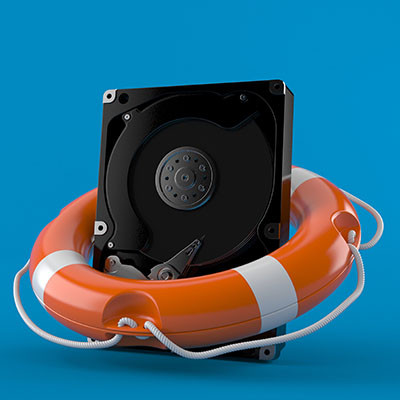Attend IT Blog
Annually, on March 31st, World Backup Day serves as a dedicated reminder to highlight the pivotal role of regular data backups in ensuring the seamless flow of information. While this awareness day effectively emphasizes a foundational best practice, we strongly advocate for an ongoing commitment to the continuous maintenance and safeguarding of backups, extending well beyond the confines of a single day.
Risk management is part of any effective business strategy, and it’s one aspect of running an organization that must be addressed if you want to secure long-term success. Today we want to discuss what goes into an effective risk management strategy and how you can take advantage of it.
Not all businesses will look at disaster recovery the same way, but if you want your business to have the kind of continuity that will allow it to get through tough situations, doing your best to formally create a disaster recovery policy will put you in the position to weather any storm you encounter.
The question this article will present is simple: Does your business have a dedicated data backup and disaster recovery system? A comprehensive backup and disaster recovery platform (BDR) can turn out to be one of the most critical parts of managing a business’ IT infrastructure, and if you don’t have one, you should absolutely get one.





